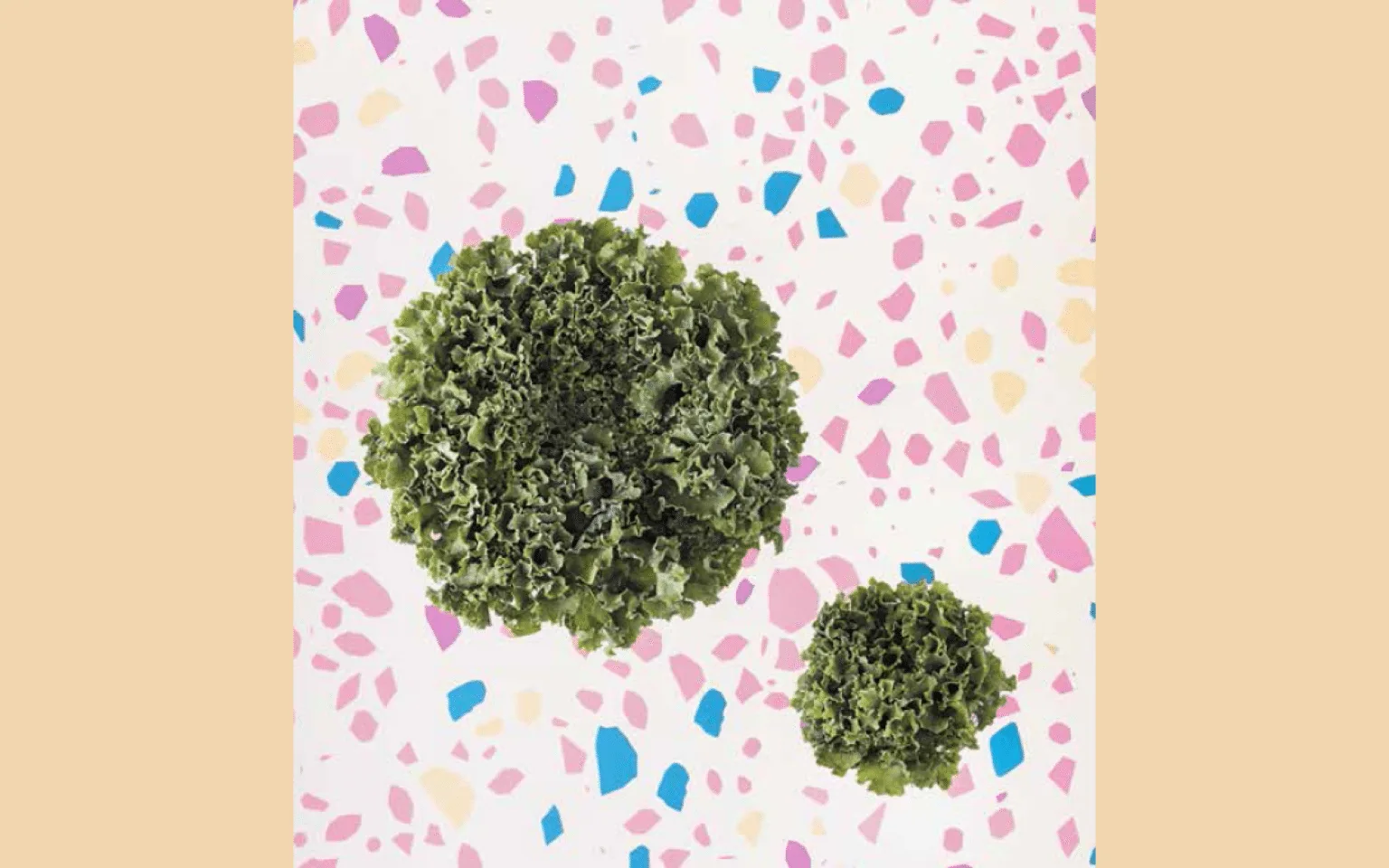Discover more inspirational ingredients on Elle&Vire Professional website.
AN AGE-OLD VEGETABLE
Kale is a variety of curly cabbage in the Brassicaceae family (Brassica oleracea), from the Mediterranean and Asia Minor. Very popular in the Middle Ages in many European countries, kale was introduced into America at the beginning of the 17th century. Easy to grow, highly resistant and extremely satiating, kale was for a long time a basic food before dying out after the Second World War. It was revived by vegans.
THE VIRTUES OF KALE
This new enthusiasm isn’t just a fad: in 2008, the journal “Live Science” ranked kale in 6th place among the 7 foods which you could live off on a desert island. In fact, its iron content makes it an excellent alternative to meat: it has been called “the new beef”. Low in calories and rich in minerals (for an equivalent weight, kale contains 20% more calcium than milk), this variety of cabbage contains more vitamins C, K and A than most vegetables, as well as fibres and various antioxidants. 60 grams of kale contains 134% of the recommended daily amount of vitamin C, more than an orange!
HOW TO SERVE
It’s no surprise that kale tastes of… cabbage. This superfood can be eaten with everything: in a smoothie, a salad, sautéed in a wok… But also in crisps. However, it is recommended to eat it raw to preserve its vitamins. To use it in a salad, remove the sides, roughly chop the leaves, massage them to make them soft and sweet, and season to taste. How do you massage the leaves? Press the leaves in both hands, then rub them together. To make it easier you can also rub them with a mixture of olive oil and salt. Kale is also popular in recipes for green juices and other detox drinks. It has even inspired mixologists, who have created a type of mojito called “Kalejito3”.
KALE AND TOP CHEFS
Following the example of the Battersby restaurant in Brooklyn, whose kale salad was voted “Dish of the year 2012” by monthly magazine “Bon Appétit”, most leading Chefs now use kale in their recipes. For example, Amandine Chaignot, Executive Chef of the Rosewood Hotel in London, uses it in a recipe for stuffed cabbage with calf sweetbreads and candied citron peel, and Christopher Kostow, Executive Chef of the Meadowood in Napa Valley, California, has created a recipe for kale crisps served with chorizo puree and threads of Espelette pepper.














